Ancient Encounters
Colaba Causeway Mumbai India
Mother Masala Tours
Mumbai Unleashed
Colaba Causeway Mumbai India. Known for its eclectic mix of shopping, dining, and rich history. The name "Colaba" is derived from the Marathi word "Kolab," which refers to the mudflats that once existed in the area. The area gained prominence with the construction of several notable buildings, such as the Royal Bombay Yacht Club in 1846 and the Taj Mahal Palace Hotel in 1903. Over the years, the Causeway has served as a commercial spot where artisans, vendors, and local businesses have thrived amidst changing times. Often filled with sellers hawking a variety of products, from clothing and accessories to handicrafts and antiques, while numerous restaurants line the street, offering delicious local cuisine.
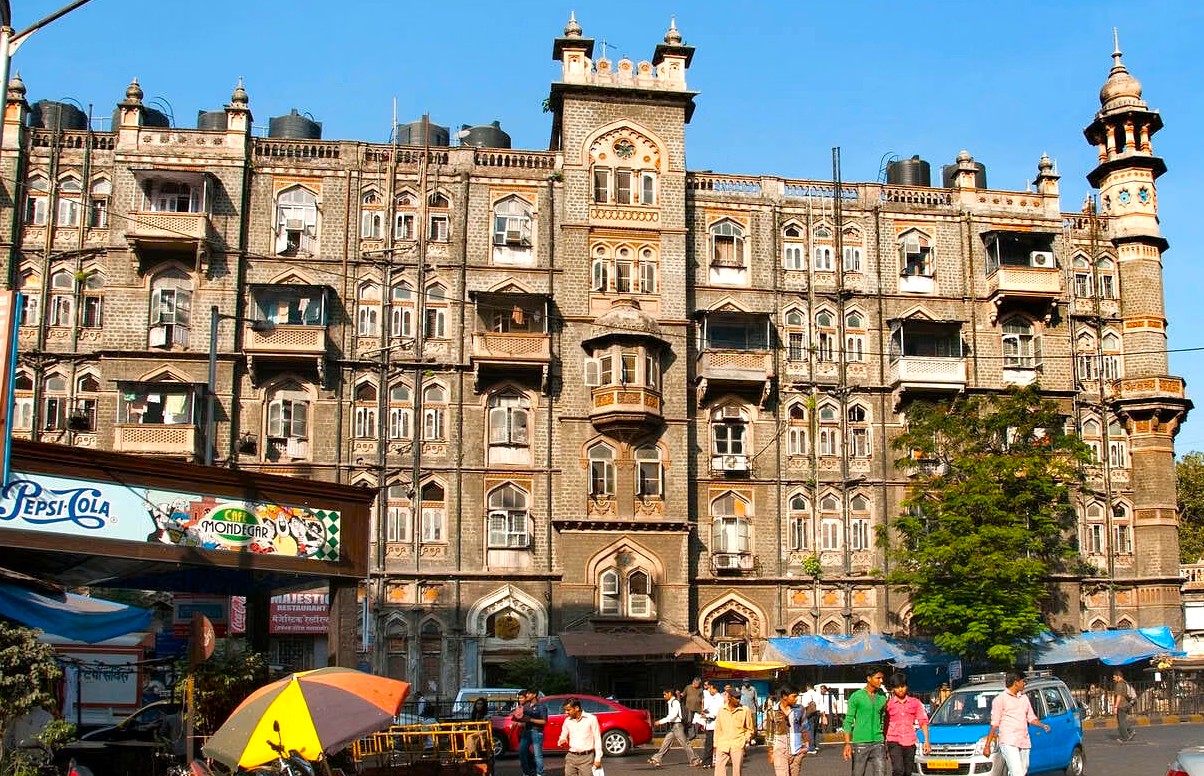
Colaba Causeway Mumbai India: Sacred Spaces
Home to an array of artifacts and local craftsmanship, making it an essential shopping district. We often find intricately designed jewelry, artisanal crafts, and unique clothing that embody the spirit of Indian culture. Shops and stalls lining the street specialize in items such as colorful bangles, handwoven textiles, and traditional Indian artifacts, reflecting the artistry of local artisans. One notable feature is the Kubuliwala statue, located near the Kubuliwala Parsi Café, which commemorates stories of Rabindranath Tagore.
Ancient Mosaics: Impeccable Craftsmanship
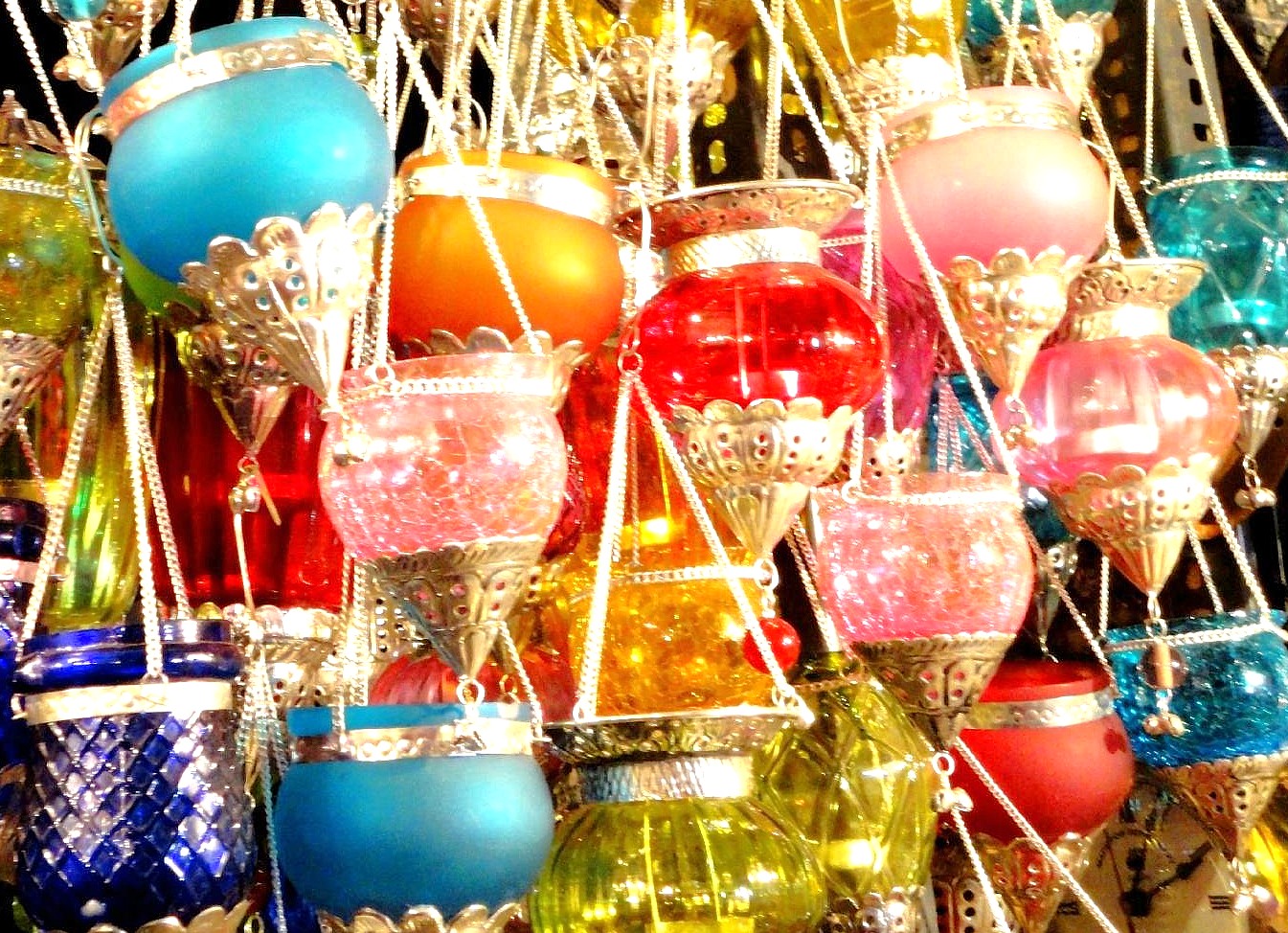
The craftsmanship found in Mumbai’s busy markets and workshops is a testament to the city’s diverse artistic heritage. Many shops specialize in timeless techniques, from hand-embroidered fabrics shimmering with intricate Zari work to finely crafted silver jewelry. A special part of the experience is seeing artisans at their work, offering a genuine glimpse into the meticulous skill that goes into each handcrafted item. This heritage is also forward-looking, with a strong focus on sustainability. Many craftsmen create beautiful, durable bags from upcycled materials like vibrant old saris or woven recycled plastics.
The Pulse of the Local Community
Colaba Causeway Mumbai India. The local community is characterized by friendliness and hospitality. Shopkeepers are often eager to share stories about their products, creating a welcoming atmosphere that encourages us to engage deeply with the local culture. The residents’ warmth shines through as they serve as stewards of local traditions, ensuring both historical awareness and commercial vitality.
Capturing the Magic: A Photographic Haven
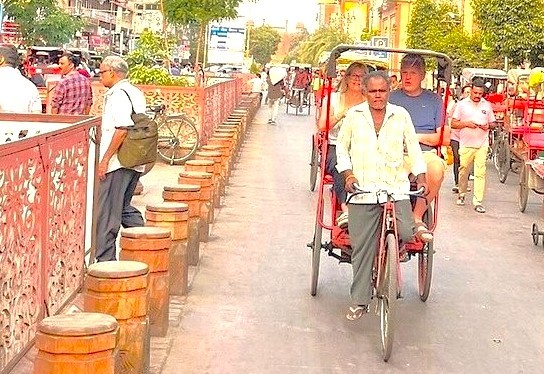
For a photographer, Mumbai's street markets are a visual feast, offering countless opportunities to capture the city's vibrant essence. The colorful stalls, overflowing with eclectic merchandise, create a brilliant contrast against the grand, historic architecture that frames these busy lanes. Use this for stunning wide shots that tell a story of commerce and time. Then, move in closer. The handcrafted jewelry, shimmering textiles, and antique curios provide intriguing focal points for detailed photography, highlighting the rich textures. The street performers add a dynamic element, offering the chance to capture candid moments.
A Culinary Journey: Savor the Flavour
Colaba Causeway Mumbai India. Food is an integral part of the experience at Causeway, where we can find an array of delicious local delicacies. The street food stalls and nearby cafes offer specialties such as pav bhaji, a flavorful dish made from a mix of vegetables and spices, served with buttered bread rolls. The preparation involves mashing cooked vegetables and spicing them to create a rich and savory mix that is beloved by many.
The Connection with the Gods
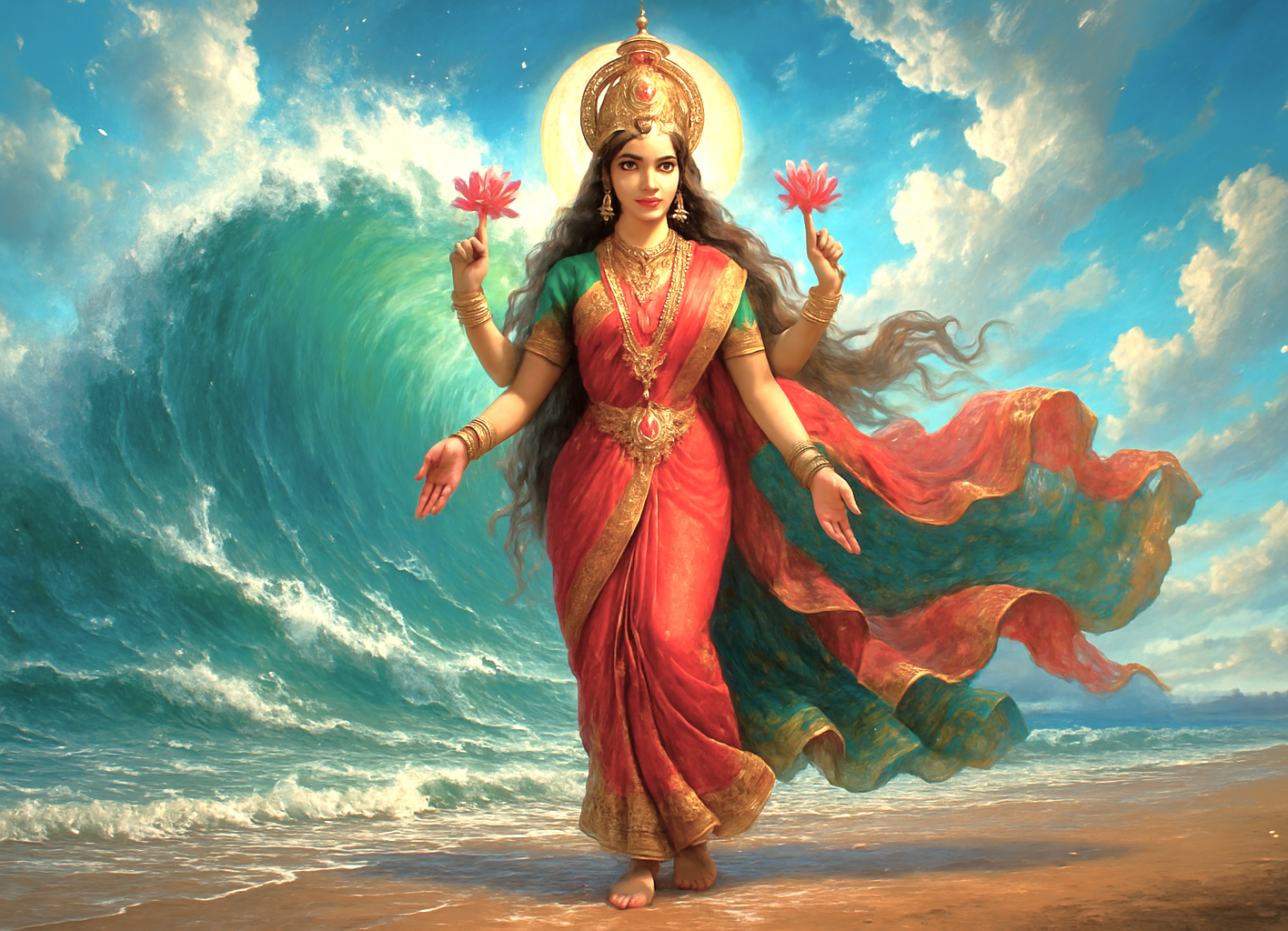
Spirituality is an integral part of the community in and around Colaba, where today's life seamlessly blends with timeless faith. The area reflects Mumbai’s religious diversity, being home to various places of worship. Among the most revered deities is Ganesh, the remover of obstacles. His presence is powerfully felt during the Ganesh Chaturthi festival, when Colaba’s streets buzz with local processions and decorations, transforming the cosmopolitan neighborhood into a hub of vibrant devotion. The goddess Mahalakshmi, associated with wealth and prosperity, is also deeply honored.
Festivals of Devotion: Honouring the Sacred and the Divine
Colaba plays a prominent role during various festivals, notably the Ganesh Chaturthi, celebrated in August or September, when followers come together to honor Ganesh. The festivities bring vibrancy to the market, with stalls decorated and special offers to celebrate the occasion. During this festival, beautifully crafted idols fill the area, creating an atmosphere filled with energy and devotion. Community members participate in the immersion procession at the nearby sea, reflecting the strong spiritual connection that exists within the area.
Serendipitous Meetings: Beyond the Main Path
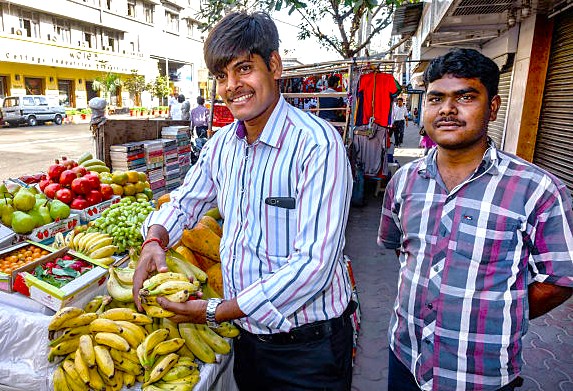
Exploring the area around Colaba reveals its true character when you venture beyond the main thoroughfare into its quieter back lanes. Here, genuine surprises await on every corner. As we stroll, we may discover the district’s hidden gems: small, family-run artisan workshops that have operated for generations. Tucked between bustling modern shops, you might find a studio specializing in vibrant, hand-loomed textiles or a leatherworker meticulously crafting bespoke sandals. These spaces showcase the authentic craftsmanship that remains vital to the community’s soul.
Resilience and Renewal: Overcoming Adversity’s Challenges
Colaba has faced many challenges throughout its history. One event was the 1936 flood, which impacted numerous areas in Mumbai. The flooding caused significant damage, leading to extensive repairs and revitalization efforts. In the years following independence in 1947, the area saw economic fluctuations that threatened its survival. However, the community’s resilience shone through as local merchants banded together, creating innovative business strategies to attract customers and sustain their livelihoods. Events like the 2008 Mumbai attacks also cast a shadow on local commerce. In response, shopkeepers emphasized security measures and community engagements to reinforce the area’s appeal.
Urban Legends: Strange Sightings, Myths and Mysteries
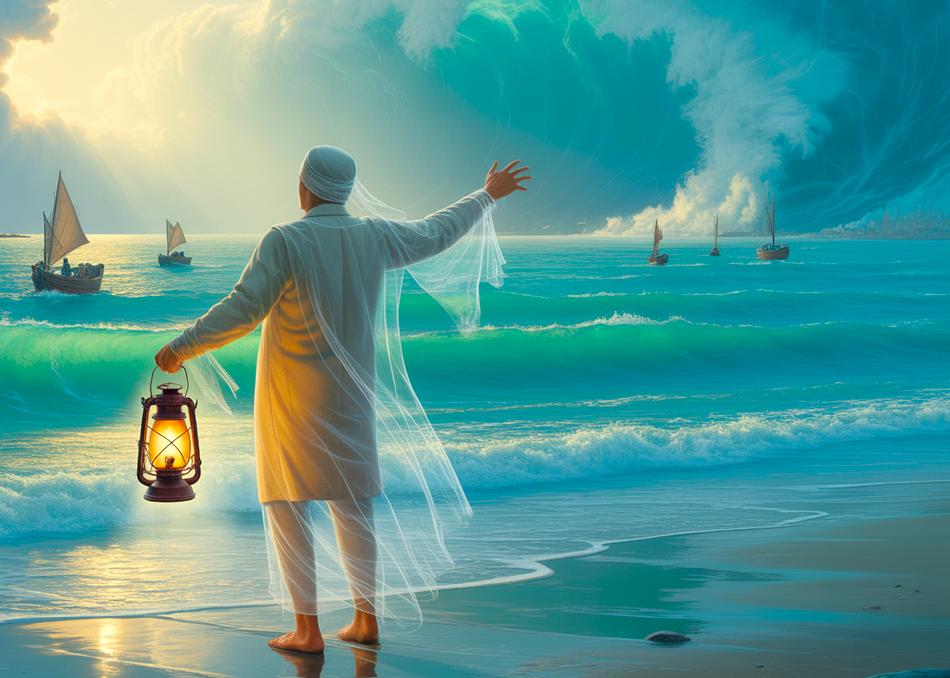
One story speaks of the Ghost of the Old Lighthouse, a spectral figure said to roam the shores on stormy nights. According to legend, this benevolent entity doesn't haunt, but helps. Fishermen have long told tales of seeing a faint, ethereal light piercing the sea mist, guiding their boats safely back to the security of the shore. Another tale that ignites the imagination is that of the Hidden Treasure of Colaba, rumored to be buried deep beneath the causeway. Stories persist that chests of gold and colonial artifacts remain undiscovered, captivating locals and travelers with an enduring mystery.
Holy Curry Leaves, It’s India - Join Us
You’re invited to join us on an exciting exploration of this Causeway. As we delve into this iconic shopping district, we will discover an eclectic mix of shops, food stalls, and cultural landmarks that embody the true essence of India. We will experience the pulsating energy of the streets and indulge in delicious local cuisine. Every corner holds unique stories and surprises, offering us a glimpse into the heart of the city. As we interact with friendly locals and artisans, we will appreciate the vibrant culture and enduring spirit of this dynamic community.
Symphony of Generosity: Offerings from Wanderers to Residents
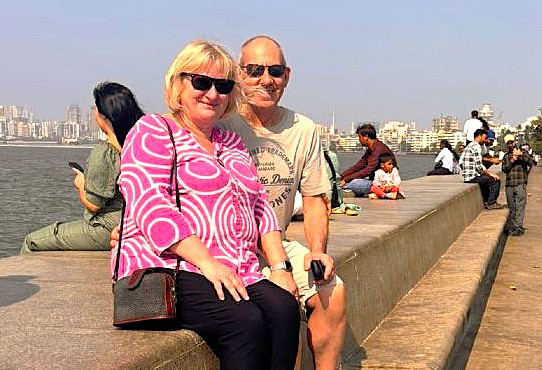
Colaba Causeway in Mumbai is more than just a market; it's a vibrant stage where the interaction between the local community and global explorers creates a beautiful cultural exchange. Here, commerce is deeply personal. Every purchase made at the bustling stalls directly strengthens the livelihoods of local artisans and shopkeepers, supporting generations of traditional skill. The friendly, energetic ritual of bargaining is part of this connection, a lively dance of negotiation. As you engage with vendors, a simple transaction often blossoms into something more meaningful, a shared story about an item's origin, or a laugh at bargaining.